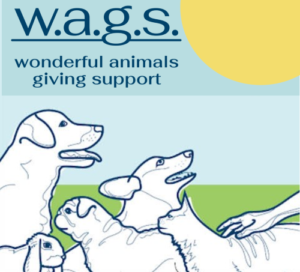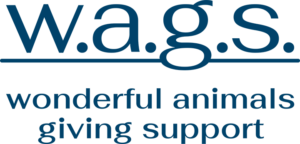
It is animal assisted visits for people in need of comfort. We believe that a simple interaction with an animal has been proven to lower blood pressure, speed healing, increase circulation, and raise the spirits. Pet owners are even known to live longer than those who don’t own pets. Animals don’t judge – they just offer their unconditional love and support. When people find themselves in a difficult or stressful circumstance – a hospital stay, a move to a group home, or difficulty learning to read – they are often in situations where a loved family pet cannot be included. While it may not be the same as having their own dog there, having a sweet, fuzzy head to rub can go a long way to brightening someone’s afternoon!
Animal-Assisted Activity (AAA)
Animal-assisted activities (AAA) provide social, motivational, educational, and/or recreational benefits for people during interactions.
These activities do not have to be overseen by healthcare professionals and do not work toward particular clinical goals.
AAA often occurs in meet-and-greet sessions in a variety of settings and can be administered in groups or with individuals.
Animal-Assisted Therapy (AAT)
Where do WAGS teams visit?
WAGS teams visit a multitude of facilities in and around the Greater Louisville area. Nursing homes, hospitals, detention centers and rehabilitation centers are just a few of the services where our visiting teams frequent. For a complete listing of the facilities, visit the Places We Visit page.
